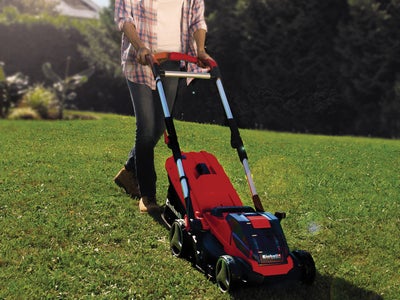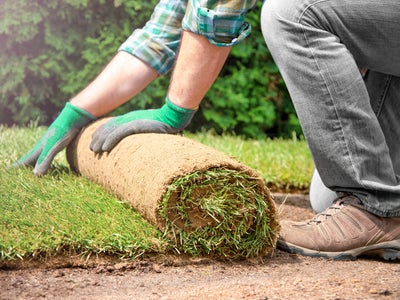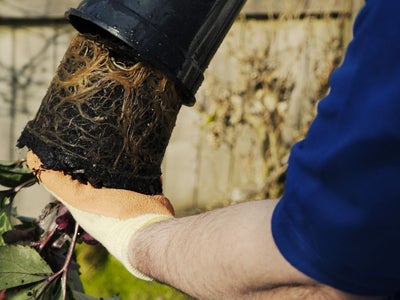Staying on top of active lawn maintenance

As the weather starts to warm up and the sun stays out longer, it's time to start thinking about active lawn maintenance. After a long winter season, those vibrant green grass blades may need some work to bring them back to life. Fear not, though, because May is the perfect time to tackle your lawn care tasks. It’s your last chance to sow or lay new lawns without using sprinklers until after summer. Plus, it’s from now onwards that your grass will need a good amount of work. Increased growth during the summer months means it’ll need consistent mowing to keep it looking neat and tidy.
Shop the Range






